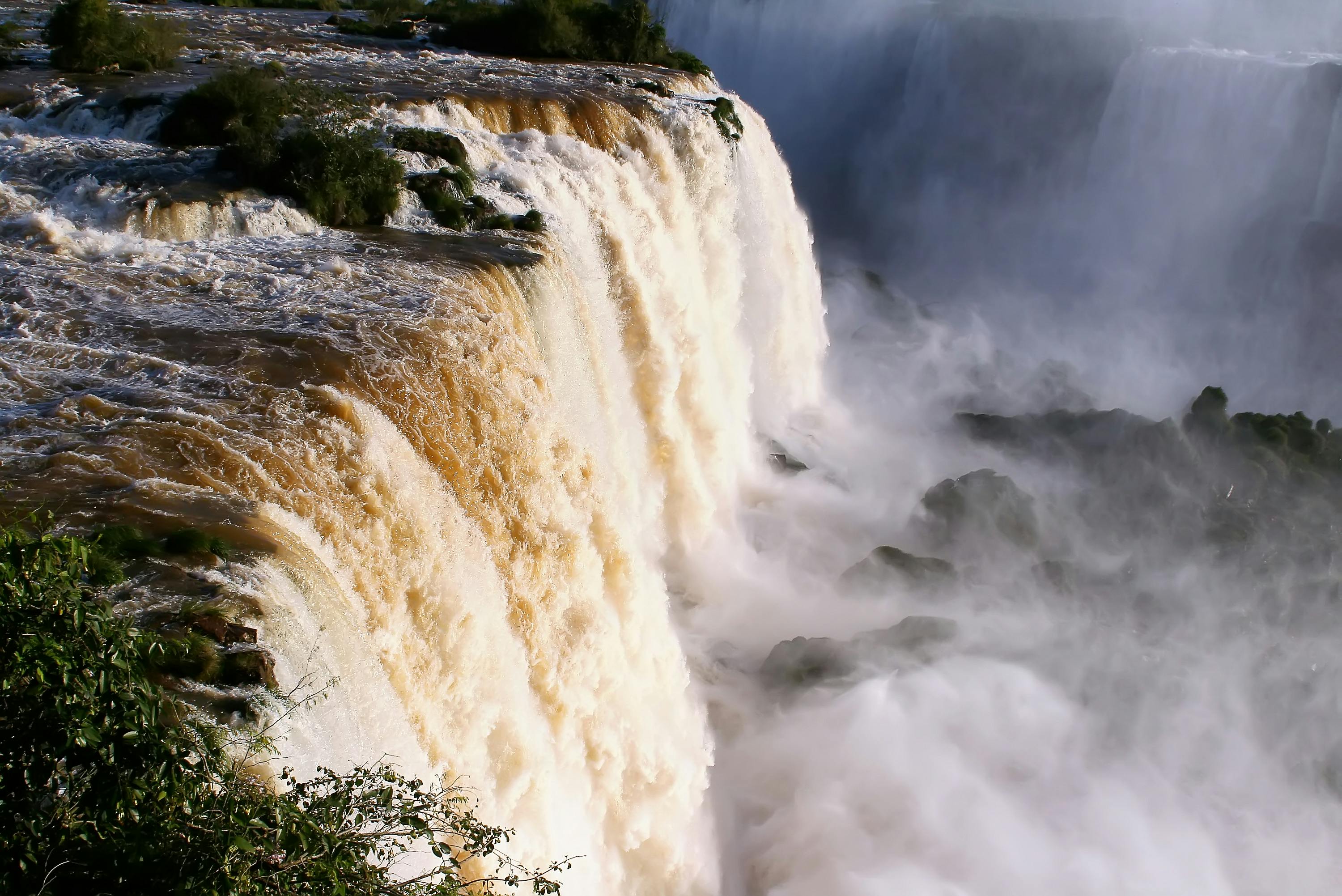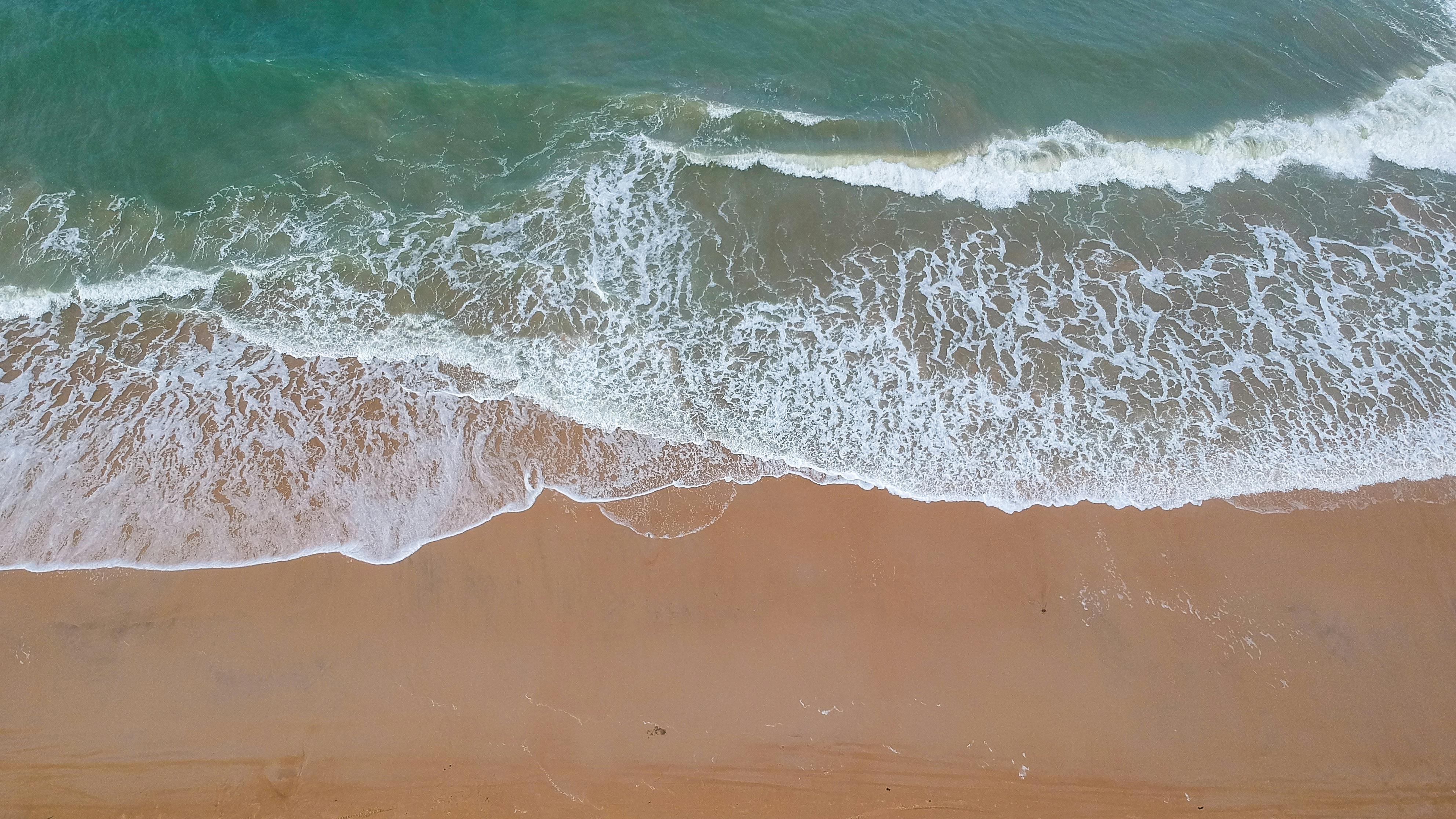Distilling water is a process used to convert impure water into pure, drinkable water. It involves boiling the water until it vaporizes, then condensing the steam back into liquid form. This process removes any solid contaminants, as well as bacteria and other microscopic organisms, leaving behind only pure water. Distilled water is a popular choice for drinking and cooking because it is free of any chemicals or toxins that may be present in tap or groundwater sources. In this article, we will discuss how to distill water and the benefits of doing so.Distillation is a process of separating liquids from their mixtures by heating them to their boiling points, condensing the vapor, and collecting the resulting liquid. It is a common laboratory technique used to purify liquids or separate mixtures of liquids into fractions with different boiling points.
Distillation
Distillation is a process used to separate mixtures of liquids based on differences in their volatilities. It involves heating a mixture to its boiling point and then collecting the vapors that are produced. The vaporized compounds have different boiling points than the liquid components, allowing them to be separated. Distillation can be used to purify liquids, separate mixtures of liquids, or create concentrated solutions of a particular compound.
How Does Distillation Work?
Distillation works by taking advantage of the differences in boiling points between different compounds in a mixture. When the mixture is heated, some of the components will vaporize before others due to their lower boiling points. These vapors are then collected and cooled, causing them to condense back into liquid form and separate from the other components. This process can be repeated multiple times to further purify the distillate or concentrate it further. By controlling temperature and pressure, it is possible to separate more complex mixtures such as essential oils or alcohols from water.
The process of distillation is often used in laboratories and industrial settings for purifying chemicals or separating mixtures such as those found in petroleum products or liquefied natural gas (LNG). It can also be used on a small scale for creating distilled water or alcoholic beverages at home. In all cases, distillation relies on differences in boiling points between substances in order to effectively separate them from one another.
Materials Needed to Distill Water
Distilling water is a common process used to make it safe for human consumption. It involves removing most, if not all, of the impurities, such as bacteria and heavy metals. To get started, you will need a few key items. These include: a heat source, a distillation vessel, a condenser, and a collection container.
The heat source can be anything from an open flame to an electric heating element. It should be able to reach temperatures of at least 212°F (100°C). This will ensure that the water vaporizes, leaving behind many of the impurities.
The distillation vessel is usually made from glass or stainless steel. It should be tall enough to hold the amount of water you plan to distill. You will also need a lid for the vessel that has an opening for the condenser to connect to it.
The condenser is used to cool down the vaporized water and turn it back into liquid form. It can be made from copper or stainless steel piping and should have adequate airflow so that it can effectively cool down the steam.
Finally, you will need a collection container to collect the distilled water in once it has been condensed by the condenser. This can be anything from an open-top bottle or jar with a lid to an actual faucet connected to your distillation vessel where you can collect the distilled water directly into your cup or pitcher.
Using these materials properly will ensure that your distilled water is safe for drinking and other uses that require pure water without any added chemicals or impurities. With everything set up correctly, you will be able to enjoy clean and pure distilled water for many years!
Benefits of Distilling Water
Distilling water offers several health and lifestyle benefits. By removing dissolved solids and other organic compounds, distillation gives you a clean, pure drinking water that’s free from contaminants. This type of water is ideal for those who are concerned about the presence of bacteria, viruses, metals, or other pollutants in their drinking water. It’s also great for cooking and brewing tea and coffee. Additionally, distilling your own water at home can be much more cost-effective than buying bottled water at the store.
Distilled water is naturally free from any artificial minerals or chemicals that can be found in tap or spring water. This makes it perfect for people with sensitive digestive systems who may have difficulty digesting certain chemicals found in tap or spring water. In addition to being chemical-free, distilled water has a longer shelf life than most types of filtered or bottled waters since there are no dissolved solids present to encourage bacterial growth.
The process of distilling also eliminates many impurities found in tap and spring water such as calcium, magnesium, lead, arsenic, chlorine, iron, and sulfates. These contaminants can cause health problems if ingested over time so it’s important to remove them from your drinking water supply. Distilled water also tastes better than tap or spring due to the lack of mineral content which can give other types of waters an unpleasant taste.
Overall, distilling your own drinking water offers many health benefits as well as being an economical way to get safe drinking water without having to buy expensive bottled brands at the store. With a simple home distiller you can enjoy clean and pure drinking water right from your own kitchen sink!
How to Use a Home Water Distiller
A home water distiller is an effective way to purify your drinking water. It works by boiling the water, then capturing and condensing the steam into a separate container. With this method, you can be sure that your drinking water is free of contaminants and pollutants. Here’s how to use a home water distiller.
The first step is to fill the distiller with water. Make sure that you use cold, fresh water from a reliable source. You should also check the distiller’s instructions for the recommended amount of water for each cycle. Once you have filled it up, cover the top of the distiller with its lid.
Next, plug in the unit and turn it on. The heating element will begin to heat up the water in the reservoir, and steam will start to rise from it. Allow this process to continue until all of the steam has been captured into the condenser and collected in the separate container.
Once all of the steam has been condensed, you can turn off your home water distiller and unplug it from its power source. Carefully remove your purified drinking water from its container and discard any excess liquid that may remain in the distiller or condenser.
You should now have clean and safe drinking water for you and your family to enjoy! Remember to keep your home water distiller clean by following its cleaning instructions between cycles. This will help ensure that you are getting pure, contaminant-free water every time!

Advantages of a Home Water Distiller
A home water distiller is an excellent way of purifying water for drinking and cooking. It removes contaminants such as bacteria, viruses, sediments, chemicals, and heavy metals from tap water. The process of distillation makes the water taste much better than other forms of purification. Additionally, it can be used to make distilled spirits and other beverages. The main advantages of using a home water distiller are that it is cost-effective, simple to use, and produces clean drinking water. Furthermore, it does not require any complicated installation or maintenance.
Cost-Effectiveness
One of the greatest benefits of using a home water distiller is that it is very economical compared to other methods of purification. It only requires minimal electricity to run and does not require any additional filters or cartridges which need to be replaced regularly. This makes it much more cost-effective than other systems such as Reverse Osmosis or UV filters which require regular maintenance and replacement parts.
Disadvantages of a Home Water Distiller
Although there are many advantages to using a home water distiller, there are some drawbacks as well. One disadvantage is that the process can take several hours to complete depending on the size of the unit and the amount of water being distilled. Another disadvantage is that some minerals may be lost during the process as they do not evaporate easily with steam. Finally, some people may find the taste of distilled water unappealing due to its lack of minerals or additives present in tap water.
Is it Safe to Drink Distilled Water?
Distilled water is defined as water that has been boiled and then cooled, so that any impurities or minerals present in the water are left behind. While it is a popular choice for many people, it is important to understand the potential pros and cons of drinking distilled water. On one hand, distilled water may have some health benefits due to its lack of minerals and contaminants, but on the other hand, it may also carry some risks.
One potential benefit of drinking distilled water is that it may be free from contaminants that can be found in regular tap water. For example, some tap water can contain harmful chemicals such as chlorine or lead, which can be released into your body when you drink the water. Distilled water does not contain these contaminants and therefore can provide a safer option for drinking.
Another potential benefit of drinking distilled water is that it does not contain any minerals or other substances that could potentially be damaging to your health. This means that if you are trying to reduce your intake of certain minerals and substances such as sodium or fluoride, then drinking distilled water could be a good choice. However, there is some debate over whether or not these benefits are significant enough to outweigh any potential risks associated with drinking distilled water.
One risk associated with drinking distilled water is that it can leach essential minerals from your body. This means that if you drink too much of this type of water over an extended period of time, you could become deficient in certain nutrients such as calcium and magnesium which are essential for good health. Additionally, since this type of water does not contain beneficial bacteria found in natural sources, long-term consumption may also increase your risk for infection and illness.
Overall, while there are some potential benefits to drinking distilled water such as being free from contaminants and potentially reducing your intake of certain harmful substances or minerals, there are also some risks associated with this type of hydration source as well such as leaching essential minerals from the body and increasing one’s risk for infection and illness due to its lack of beneficial bacteria. Therefore it is important to consider both the pros and cons before deciding if drinking distilled water is right for you.
Boiling
Boiling is one of the most effective and oldest methods for purifying water. It is a simple process, which involves heating the water to its boiling point, which kills all the bacteria and other microorganisms, making it safe for drinking. Boiling also removes some of the impurities such as dirt and sediment. The only downside to boiling is that it does not remove chemical contaminants or dissolved solids such as salt. Therefore, it is important to filter the water before boiling it.
Distillation
Distillation is another popular way to purify water at home. This method involves heating the contaminated water until it evaporates, leaving behind any solid contaminants and chemicals. The steam that results from evaporation is then condensed back into liquid form and collected in a clean container for drinking. Distillation is an effective way to remove most types of contaminants from water but can be time consuming and expensive.
Solar Disinfection
Solar disinfection (SODIS) uses sunlight to kill bacteria and viruses in water. This method involves filling a clear plastic bottle with contaminated water, exposing it to direct sunlight for several hours, and then storing the purified water in a clean container for later use. SODIS is a simple yet effective method that can be used with little equipment or energy input.
Chlorination
Chlorination is another popular method used to purify drinking water at home. Chlorine-based products are available in various forms such as tablets, liquids or powders that are added directly into the source of contaminated water. The chlorine kills off any bacteria or viruses present in the water making it safe for drinking. The downside of chlorination is that it does not remove other types of contaminants such as heavy metals or pesticides.
Reverse Osmosis
Reverse osmosis (RO) systems use pressure to force contaminated water through a semi-permeable membrane which filters out contaminants such as bacteria, viruses, heavy metals and pesticides from drinking supplies. This method produces very clean and pure drinking water but requires specialized equipment and electricity input which makes it more expensive than other methods mentioned above.

Conclusion
Distilling water is a simple and efficient way of purifying water. It is a safe and cost-effective method to ensure that the water you consume is free from contaminants and other elements that can be considered harmful. The process of distilling water is quite simple and involves the use of heat to separate liquid from solid. Distilled water has a neutral pH and can be used for a variety of purposes, including drinking, cooking, cleaning, and more. It can also be used for medical applications due to its lack of impurities. With the right equipment, anyone can distill their own drinking water.
Distilling water is an excellent way to make sure that the water you consume is clean and safe from any potentially dangerous contaminants or particles. The process is easy to understand and requires minimal time or effort on your part. By distilling your own drinking water, you are taking charge of your health and ensuring the highest quality of pure drinking water for both yourself and your family.

